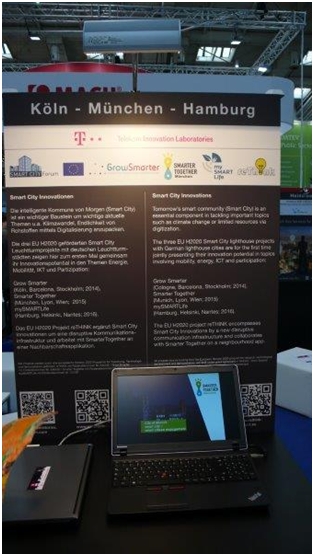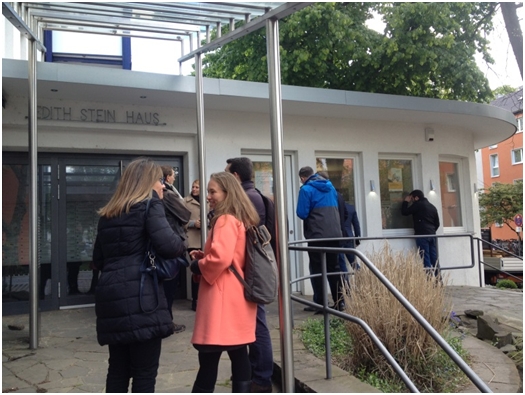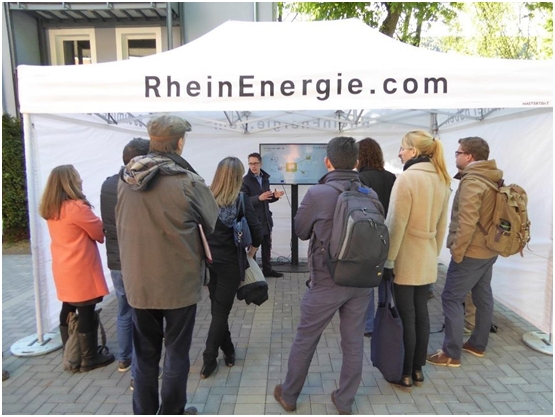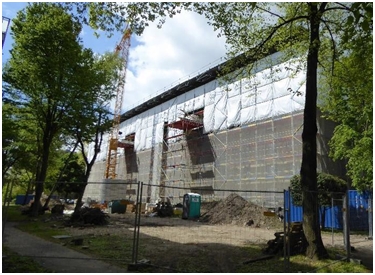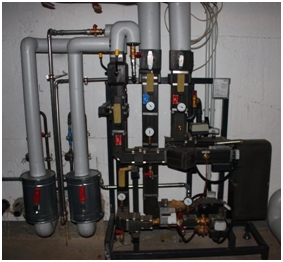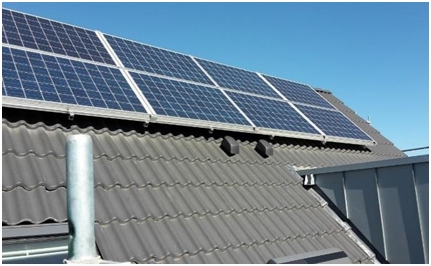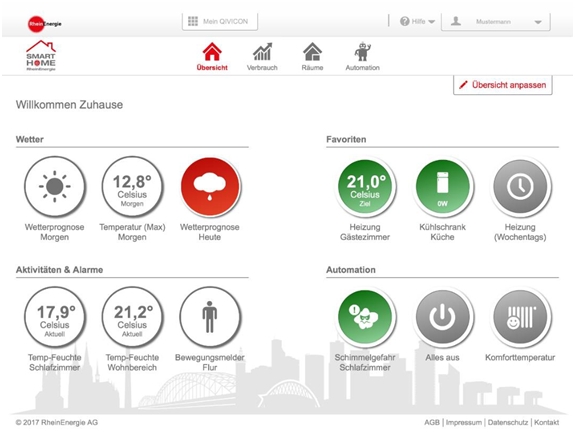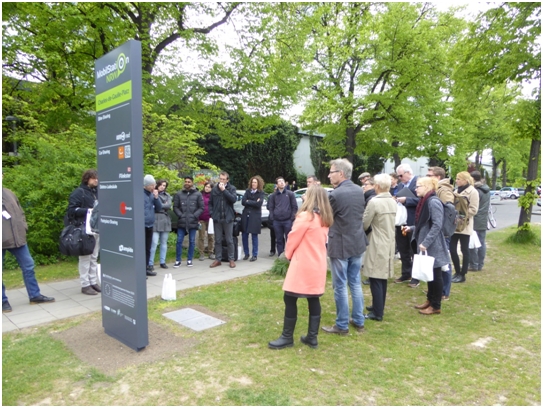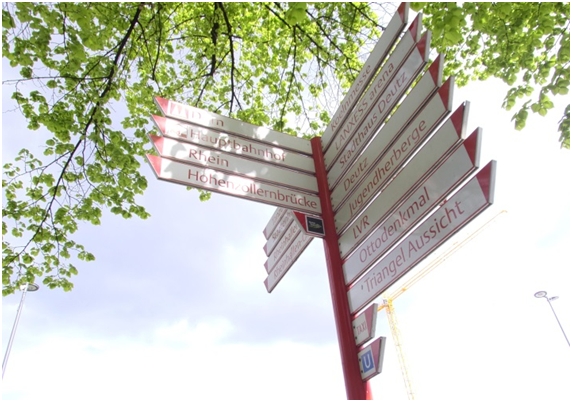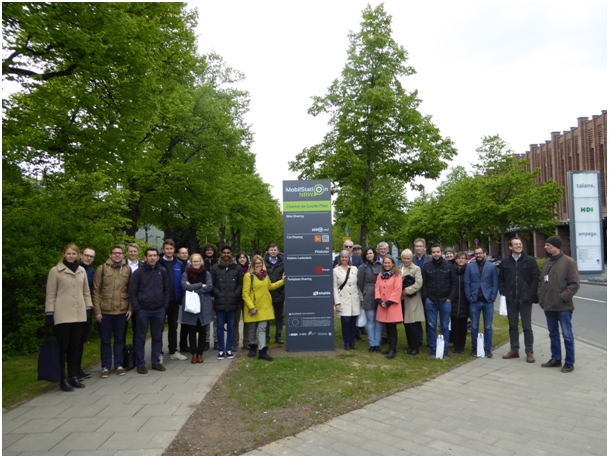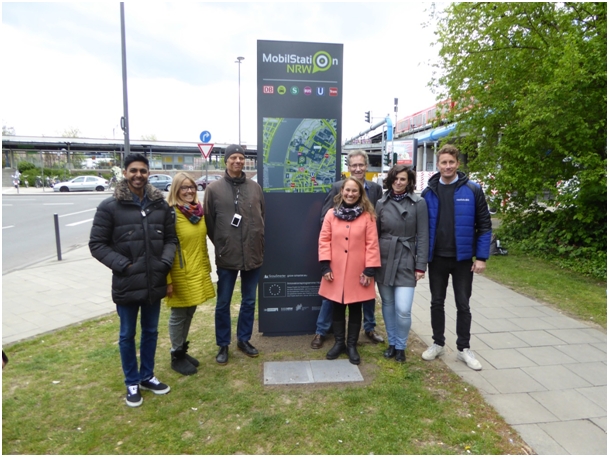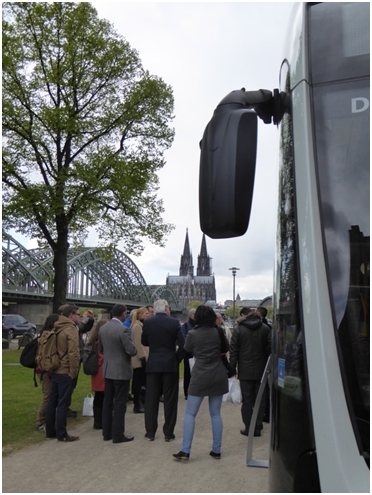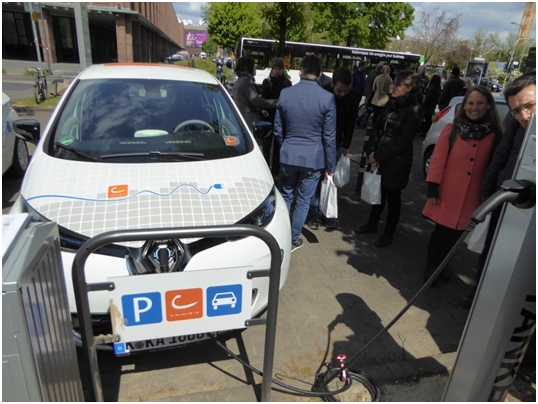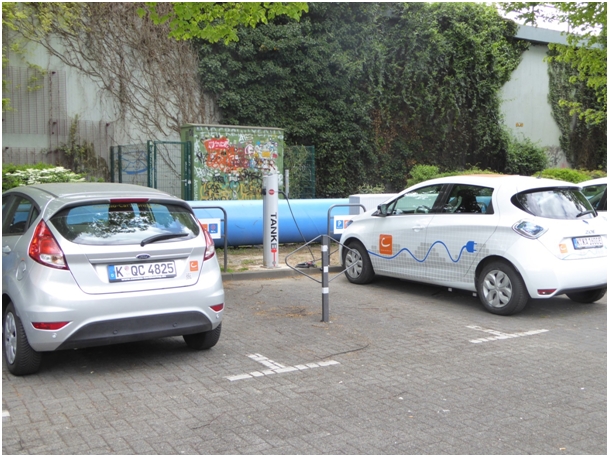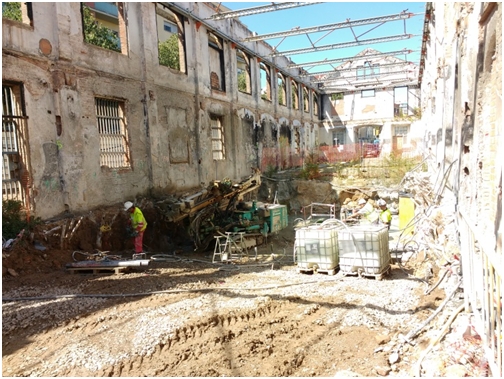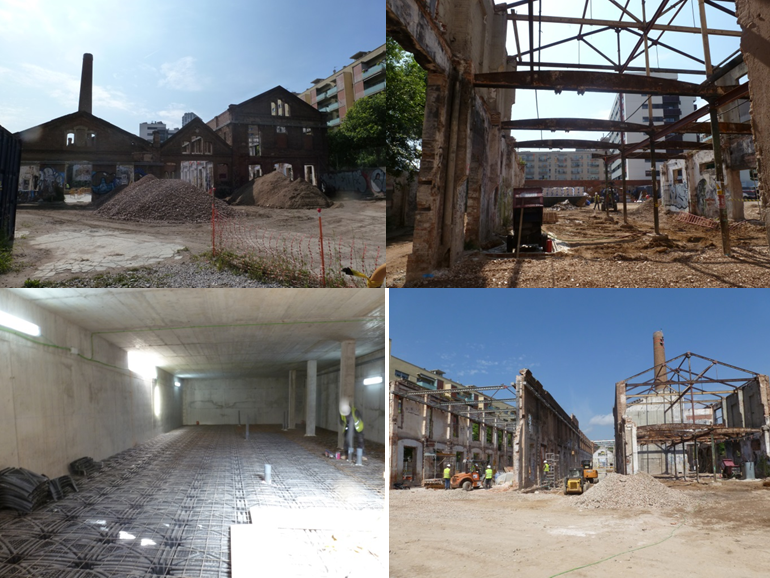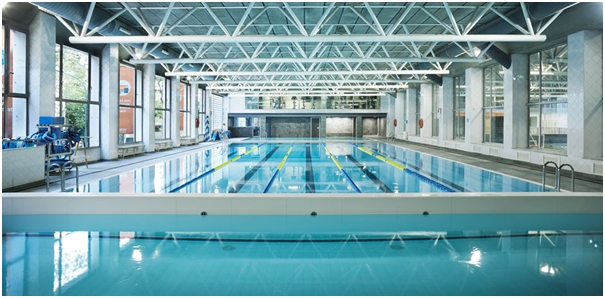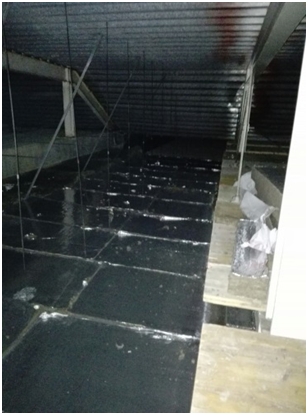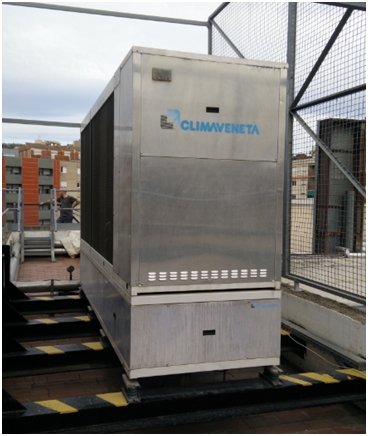The winter and spring weather in Sweden has been very odd, with the weather changing from cold to warm from one day to another. This year we had minus degrees and snow during Easter in late April. With the adaptive systems we have installed we have still been able to keep a steady indoor temperature inside the apartments. With traditional systems it would have either been too cold or too warm. We have also received good results from the smart street lighting and the combined renewable energy production, control and storage system. All these solutions are examples of adaptive control in cities. In this blog I will write some more about these and the other adaptive control systems we are now implementing.
Action area 1: Low-Energy Districts
What is happening in Valla Torg, Årsta and the Slakthus area buildings?
To see all the measures to be implemented, click here
The smart solutions for low energy districts will be rolled out in the building zones in Valla Torg, Årsta and the Slakthus areas (see map here). For an overview of the measures being implemented, click here.
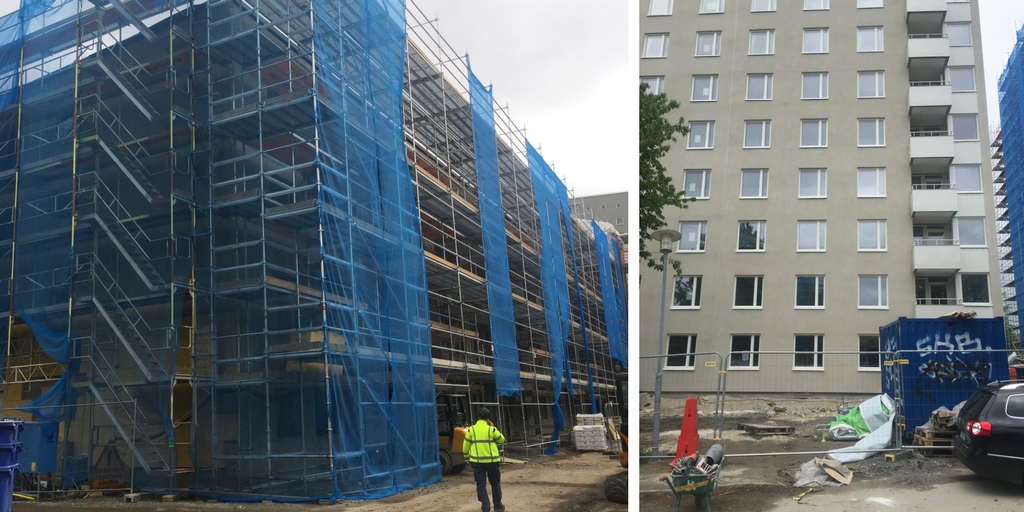
In Valla Torg the refurbishment of the first multi-storey building (7G) is going forward and many of the smart energy saving solutions are already implemented. All installations will be finalised in the summer and tested in August. The tenants start moving back into their apartments in September. When the next heating season starts, we can begin evaluating exactly how much energy we can save in these buildings. In this building the tenants have the possibility to use the Active House application from Fortum to control the temperature and lighting in the apartment. They can also use the home/away button, which means that when they leave the apartment to go to work or on holiday, they can cut unnecessary electricity and lower the temperature a few degrees in the apartment. With a mobile application they can push the home button, which will adjust heating and electricity back to normal before they arrive home.
In the private condominiums Brf Årstakrönet the adaptive control system by Veolia has been in operation for more than a year and has resulted in substantial energy savings as well as more stable temperatures in the apartments over the year. The energy hub that consists of photovoltaics, a current equalizer and battery storage has been in use for half a year. The system provides a higher output of solar electricity and a better interface between the production and use of locally produced electricity.
In Slakthusarea the refurbishment of building 8 is well on its way and will be finalised in autumn 2017 by the Fastighetskontoret (Real estate administration office). The selection for a substitute building in Slakthusarea is done and is only waiting for an official approval from the Commission. Work on the substitute building can begin in summer 2017 and all energy saving solutions are to be implemented during this year.
Action area 2: Integrated Infrastructures
To see all the measures to be implemented, click here
Installing smart LED-lighting
The smart LED-street lights (solution 5) have now been in operation for a year. There are three different methods used to adjust the street lights to use less energy while still providing the same sense of security for pedestrians and bicyclists. The first method is applied to street lights on a walking/bicycling path. When there is no movement the lights reduce to 40% capacity. When a person approaches, the lights ramp up to full power and when the person has passed they dim down again. The second method is that each individual luminaire keeps track of when it is turned on and off and uses those times to calculate a middle point. From that middle point, the brightness is lowered to 66% for a duration of 6 hours, or until it is turned off. In the third method, all luminaires are connected to a Central Management System where a dimming schedule runs. In the dimming schedule, lighting levels are set according to sunset/sunrise and specific times during the night. The lighting is turned on at sunset to 100%, at 10 PM it is dimmed to 67%, at 1 AM it is dimmed to 50%, at 5 AM it dims up to 67% again, at 6 AM 100% and is turned off again at sunrise.
A Smart Connected City
In Stockholm the smart connected city will use the extensive fibre network provided and administered by Stokab, a company owned by Stockholm City Council (more information) Several Internet of Things applications and solutions can be built on top of the fibre network.
The implementation of sensors in the Slakthusarea has faced data protection issues which needed to be examined very carefully. Even if both solutions have previously been used at small scales in other cities, they have never been combined. The combination of sensors measuring the pedestrian, bicycle and vehicle traffic in the area will provide very accurate information about the movement of people. A communication plan must also be produced to communicate to citizens that sensors are collecting data from passing vehicles and mobile phones to be able to provide better traffic flow in the areas, especially during events. The implementation of sensors will be done during August so that the communication plan can be finalised before implementation.
IBM, who is responsible for the open consolidated big data platform (solution 8), will analyse data to show how people move around in the Slakthusarea. This starts as soon as the sensors can provide data. The project team, platform for data management, analysis tools and method are all in place.
Waste Heat recovery
Fortum’s open district heating (solution 6) system has been recovering heat from a Supermarket in Farsta, some 5km south of the Slakthus area. The installations in the data centre will be done in June and as soon as the heating season starts again, the waste heat can be used to heat buildings.
Smart waste handling
The waste handling system provided by Envac will be completed by the end of June. The underground parts of the smart waste handling system (solution 7) are in place (see image below). The terminal and inlets are now being installed.

Action area 3: Sustainable Urban Mobility
To see all the measures to be implemented, click here
Building logistics centre and delivery boxes
The Building logistics centre (solution 2) implemented by Carrier, will start handling more materials in autumn. Carrier has together with Skanska agreed which material streams can be best handled by the logistics centre, and these materials will be handled by the centre when the next phase of the refurbishment begins later in the autumn.
The implementation of delivery boxes (solution 9) by Carrier is being done alongside refurbishments of buildings in Valla Torg. When the tenants move back into their apartments starting in September, they can order packages and other deliveries straight to their homes instead of retrieving them from the nearest service point. The delivery from the service point to the building is done by cargo bikes.
Smart Traffic Management
Insero is together with NOAE (Network of Automotive Excellence) and Global car OEM, implementing an information system for drivers (solution 10). In Stockholm, ten traffic lights are equipped with software that can communicate and provide information about the status of the light and when it is about to switch to another colour. This is achieved through a data connection between the traffic light, the cars’ on board software and GPS, and a central computer handling the calculations. Through a special device in the car, the driver can receive information on what speed to adopt in order to reach a green light at the next intersection. This information tool will be tested in two cars starting in May/June 2017. Effects on travel time and the drivers’ experiences will be evaluated.
KTH has developed a smart phone application (solution 10) to follow up changes in travel behaviour in a way that is more effective and has a greater response rate than traditional travel surveys. This will improve travel demand management measures. In the same application, information about renewable fuels in Stockholm will be shown. This information includes updated information on where each alternative fuel can be tanked, together with the most recent prices.
Alternative fuel driven vehicles
As part of the GrowSmarter project, Fortum has planned to install up to 10 charging stations and one fast charger (solution 11). The fast charger is installed in Årsta. The normal chargers will be installed in Valla Torg, Slakthus area and Årsta by the end of 2017.
The first refuelling station (solution 11) for renewable fuels is up and running. The filling station in Årsta is expected to be built in the beginning of 2018.
Communication and marketing
In Stockholm several study visits have been arranged and there is high interest in the GrowSmarter solutions. As more and more smart solutions are implemented, the study visits will become more frequent. In August 2017 there is a plan to have an event demonstrating the smart solutions in Valla Torg. Here the focus is on city representatives. In November/December 2017 a similar event will be arranged in Slakthusarea. In spring 2018 an event is planned for tenants in Valla Torg.
A video has been produced showcasing the smart solutions implemented in Stockholm. The video will soon be available at the GrowSmarter website.
Mika Hakosalo
Site Manager, Stockholm




